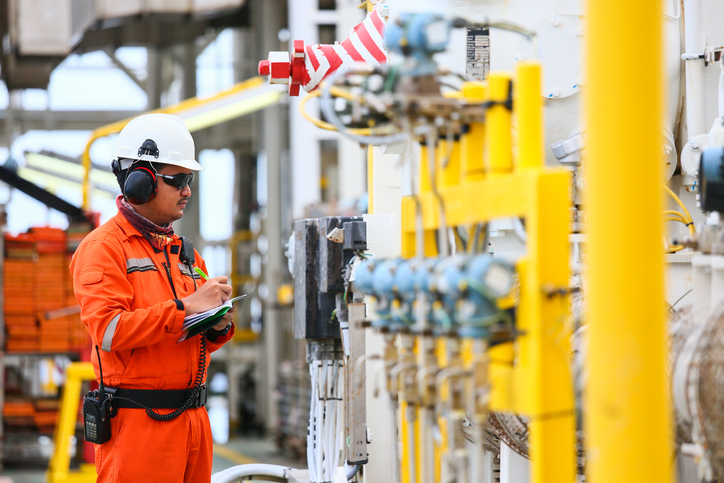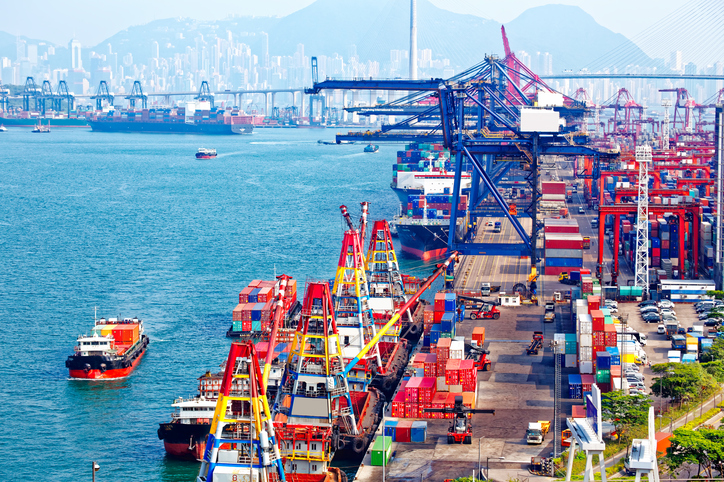LNG in Canada remains a promising opportunity not only for investors but for Canadians at large
Canada continues to work toward realizing its dream of exporting liquefied natural gas (LNG) to thirsty international markets. On June 5, 2017, the Government of Canada issued its fourth 40-year export licence, this one to Woodfibre LNG which has proposed the creation of a processing and export facility near Squamish, B.C.
But what does this mean? How does this impact Canadians? And, more importantly, what is LNG?

Let’s start with the basics.
What is LNG? And what’s all the fuss about?
Simply put, LNG is natural gas in its liquid state. When natural gas is chilled to a temperature of about minus 160°C (–260°F), it becomes a clear, colourless and odourless liquid. When natural gas is liquefied, it shrinks more than 600 times in volume.
LNG is non-corrosive, non-toxic and, most importantly, the cleanest-burning fossil fuel in the world ─ and it’s more affordable than many renewables! With the ongoing discussions on climate change and clean energy alternatives, LNG presents itself as a part of the solution.
Finally, whereas natural gas is commonly measured in cubic metres, cubic feet or billions of cubic feet, LNG deliveries are commonly listed in millions of metric tonnes. One million tonnes of LNG is equivalent to 46 billion cubic feet of gas, or eight percent of the total natural gas used by Canadian households.
But we’re already using natural gas. Why do we need LNG?
If Canada’s natural gas industry is to survive in this competitive energy world, we need to couple it with a thriving LNG industry. Global gas demand, especially for LNG, is expected to be very strong, particularly within the Asia-Pacific region, where demand is growing due to the ongoing shutdown of nuclear and coal facilities. In other words, Canada has what investors are looking for and is excited by new opportunities within this market!
Canada also has two-way natural gas trade with the U.S. and is a net gas exporter to the U.S. equivalent to 39.4% of our production. With U.S. domestic supplies of natural gas increasing, the U.S. will become less reliant on Canadian gas imports. As a result, Canada needs to seek out new markets to maintain current production and the associated jobs and revenues or to grow production and the associated benefits.
The latest Conference Board of Canada report on LNG highlights the significant economic opportunity the industry represents for both Canada and Indigenous communities. According to the report, if the industry produces 30 million tonnes per year (equivalent to 4 billion cubic feet of natural gas per day) of LNG, Canada's economy would grow by $7.4 billion a year over 30 years and national employment could increase by 65,000 jobs.

So it’s good for the economy ─ that’s great! But what’s in it for me?
Firstly, having a strong economy will lead to the creation of jobs ─ and well-paying jobs. A recent report by Canadian Business concluded that jobs in the oil and gas sector are considered among the top 10 best-paid in the country. Also, Statistics Canada released a table reporting the average weekly earnings in the gas extraction industry in January 2016 was $1,974.49. That adds up to over $102,000 a year!
Secondly, royalties and taxes from the production of natural gas feedstocks for the LNG will help provincial and federal governments fund the social programs that Canadians need ─ like health care, education and infrastructure. The Conference Board of Canada report estimated that 30 million tonnes per year of Canadian LNG production would add approximately $6 billion annually to federal and provincial government revenues.
Thirdly, emissions from burning natural gas to generate electric power are about half of those from coal-fired power. Exporting LNG to the global market could help reduce greenhouse gas emissions by reducing coal combustion, thus helping in the fight against global climate change.
A thriving Canadian LNG industry would benefit our environment, our economy and our pocket books? That sounds too good to be true.
You got it! Canada’s natural gas and LNG industry has much to offer Canada (and the rest of the world) and indeed makes Canada a great place to invest. In fact, Bloomberg actually scores Canada as one of the best countries in the world with which to do business. Canada is poised to become a new safe and reliable supplier of energy and LNG for international investors, which means benefits for Canadians.
